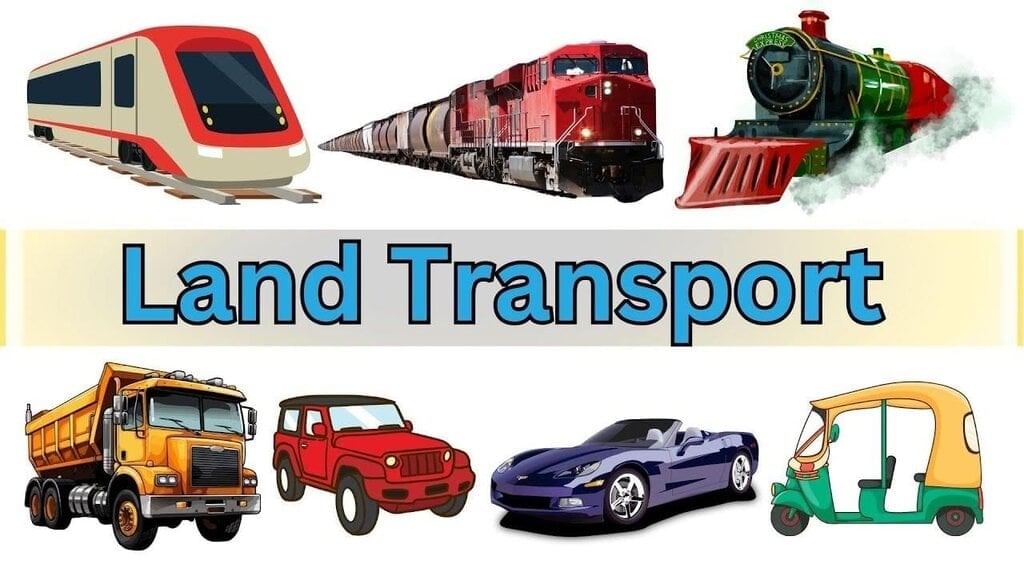Evolution of Transport Chapter Notes | Social Studies Class 5 ICSE PDF Download
| Table of contents |

|
| Introduction |

|
| Invention of the Wheel and Beginning of Transport |

|
| Reaching Distant Places |

|
| Trade and Voyages |

|
| Modern Means of Transport |

|
| Points To Remember |

|
| Glossary |

|
Introduction
The Evolution of Transport chapter tells us how people moved from one place to another over time. Long ago, humans walked or used animals to carry things, but as they invented the wheel, travelling became easier. This chapter explains how the wheel started transport, how people reached faraway places, and how trade and voyages grew. It also shows how modern transport like cars, trains, ships, and planes has changed our lives, making the world feel smaller.
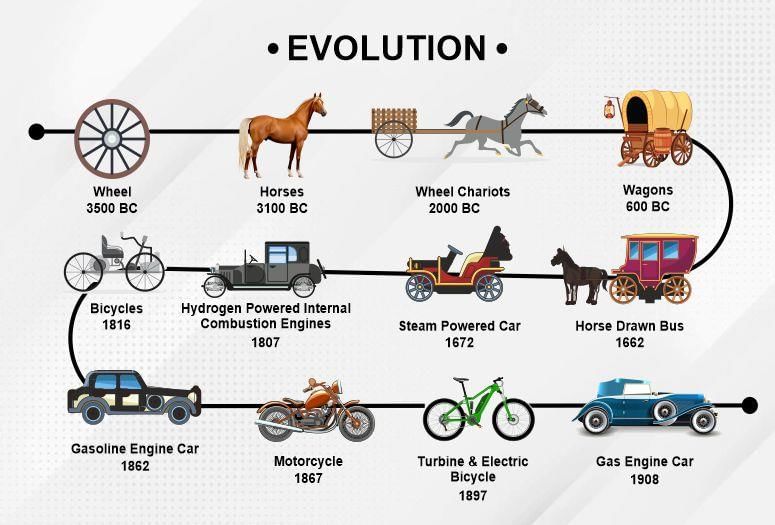
Invention of the Wheel and Beginning of Transport
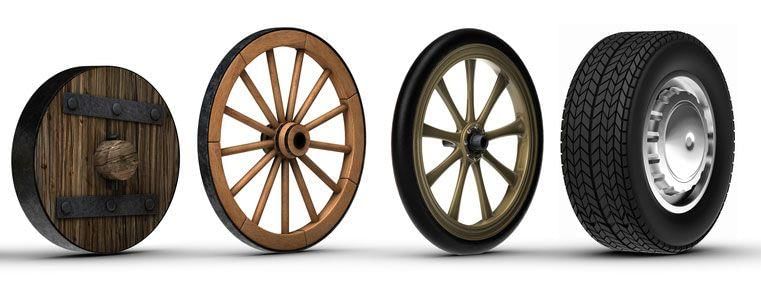
- Long ago, people did not have any way to travel except by walking.
- They carried goods on their backs or used animals to carry things.
- Early humans noticed that round objects could be rolled easily.
- They used this idea to move heavy things by rolling them on logs of wood.
- Later, they invented the wheel, which was better for moving things.
- They made the first wheel by cutting a round slice from a log of wood.
- They made a hole in the centre of the round slice to fix it to carts.
- These wheels were attached to carts, which helped early humans travel on land faster and easier.
Fun Fact
- The earliest wheel, dating to 3500 BCE, was found in Mesopotamia, which is now modern-day Iraq.
- The oldest wheel dating to 3200 BCE was found in Slovenia.
Reaching Distant Places
- After inventing the wheel, people started using wheeled carts for travelling and moving goods.
- Travelling and transporting goods to far places became easy with animal-drawn carts like bullock carts.
- As settlements grew, people needed to share goods with each other.
- This need led to the start of trade practices in the beginning.
- At first, people traded goods only in nearby places because they could easily reach there with carts.
- With better transport, people started taking their goods to faraway places to sell them.
- The use of wheeled carts also created the need for better roads.
- This led to the building of paved roads, which made travelling to distant places easier.
- Archaeologists have found signs of brick-paved roads in the Indus Valley Civilization.
- Water transport has been popular since ancient times for travelling long distances.
- Early humans used logs to make rafts for crossing rivers.
- Over time, they learned to make boats, canoes, and ships to sail across waterways.
- Since time immemorial, people from different parts of the world have been using waterways for trade and travel.
Trade and Voyages
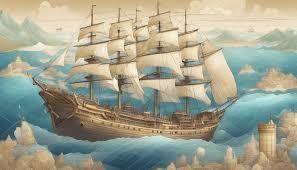
- The growth of trade made people travel far to find new markets for their goods.
- Between the mid-15th to mid-16th centuries, many European explorers set out to find sea routes to explore new places.
- Prince Henry of Portugal was the first person to start such voyages.
- Many other explorers followed him to spread religion or gain political power:
- In 1488, a Portuguese explorer named Bartholomew Diaz reached the southern tip of Africa.
- Bartholomew Diaz named this area the Cape of Storms because the sea was very rough.
- Later, the area was renamed the Cape of Good Hope.
- In 1492,an Italian explorer named Christopher Columbus sailed across the Atlantic Ocean from Spain.
- Christopher Columbus was hoping to find a new route to India.
- Instead, he reached the continent of America.
- Christopher Columbus is known as the man who discovered America.
- In 1497, a Portuguese explorer named Vasco da Gama sailed from Lisbon.
- Vasco da Gama took the same route as Bartholomew Diaz.
- From the Cape of Good Hope, Vasco da Gama reached Calicut, now called Kozhikode, in India in 1498.
- Between 1519 and 1521, Ferdinand Magellan, another Portuguese explorer, sailed around the world.
- Ferdinand Magellan discovered a passage between the Atlantic and Pacific Oceans.
- This passage was named the Strait of Magellan.
- Ferdinand Magellan also gave the Pacific Ocean its name.
- In 1488, a Portuguese explorer named Bartholomew Diaz reached the southern tip of Africa.
Modern Means of Transport
- Transport has changed a lot over time.
- Today, with modern transport, we can travel thousands of kilometers in just a few hours.
- Modern transport includes land, air, and water transport.
Land Transport
Land transport includes road and rail transport.
Road Transport
- In ancient times, people travelled on dusty mud tracks.
- Later, roads were paved with bricks, and now they are made with strong concrete.
- Today’s concrete roads make travelling and transporting goods easier and quicker by land.
- Highways are big roads that connect major cities of a country.
- India has one of the largest road networks in the world.
- The Golden Quadrilateral is a highway system in India that connects four big cities: Mumbai, Chennai, Delhi, and Kolkata.
- Today, common vehicles on roads include cars, two-wheelers, buses, trucks, and bicycles.
- Modern road transport has made travelling and moving goods door-to-door very easy.
- However, more vehicles on roads have caused a rise in air and noise pollution.
- Pollution is a big problem in the 21st century, affecting the health of millions of people.
Fun Fact
- The Grand Trunk Road connects India with Pakistan, Afghanistan, and Bangladesh.
- The Grand Trunk Road is the oldest highway in India, starting from the Mauryan period.
- It was rebuilt around 400 years ago by Sher Shah Suri.
Rail Transport
- Rail transport includes wheeled vehicles that run on special tracks called rail tracks or train tracks.
- Rail transport is one of the fastest ways to travel on land.
- It transports people and goods over long distances.
- Indian Railways is one of the longest railway networks in the world.
- The British introduced railways in Mumbai, India, in 1853.
- Since then, Indian railways have improved a lot.
- There are many superfast trains in India, like the Shatabdi Express and the Rajdhani Express.
- These superfast trains connect the major cities of India.
- Railways are important for transporting heavy and bulky goods over long distances.
- Materials like coal, diesel, food grains, fertilizers, and heavy industrial goods are carried by trains to different parts of the country.
- Metro rail is now popular for travelling within cities.
- Metro rail has changed the urban transport system in cities like Kolkata, Delhi, Bengaluru, Mumbai, Kochi, and Chennai.
- The introduction of metro rail in other cities is a big step towards controlling air pollution in urban areas.
Fun Fact
- The first train run took place from Mumbai to Thane on April 16, 1853.
- The train took 55 minutes to cover a distance of about 34 km.
Water Transport
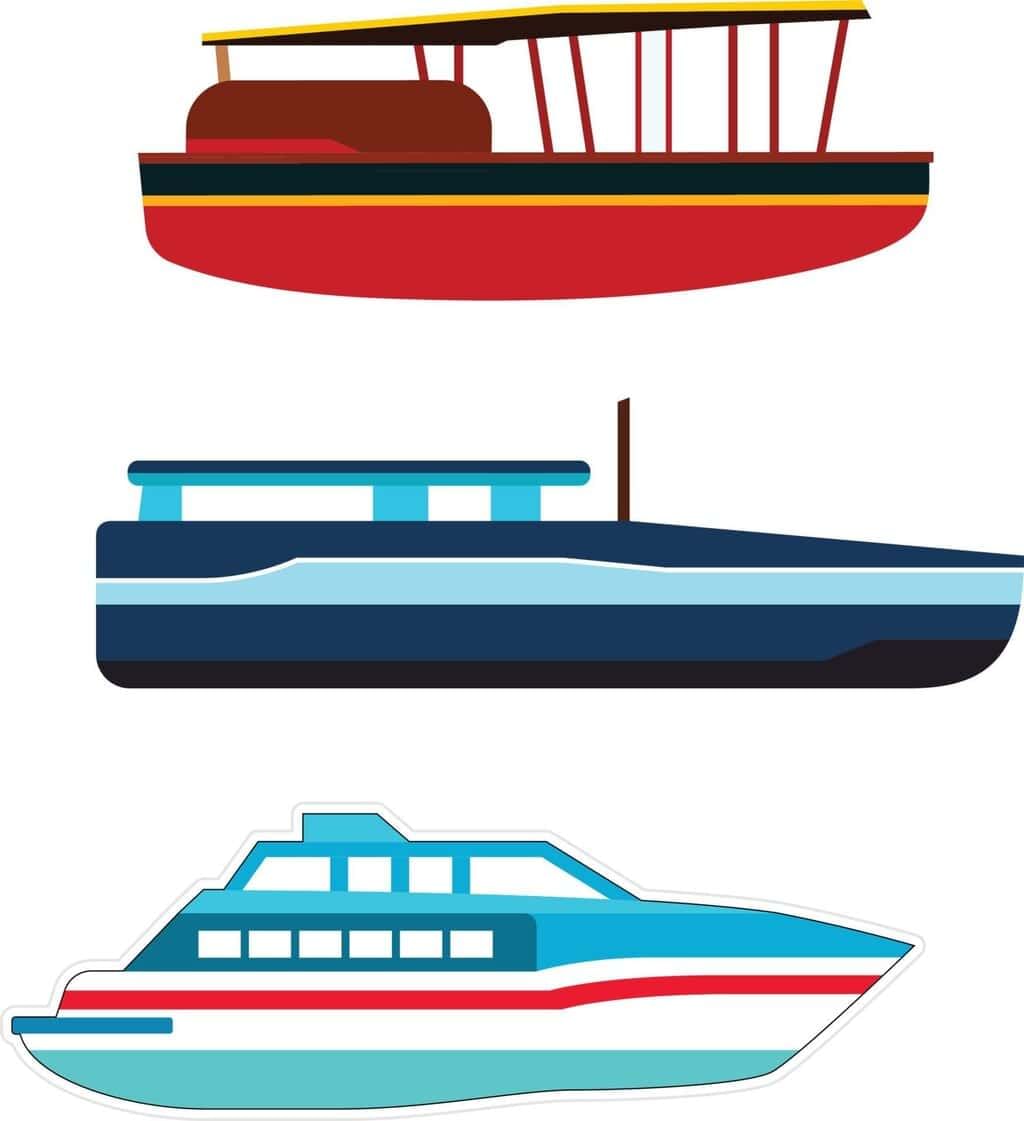
- Water transport has always been an important way to travel.
- It plays a big role in bringing different parts of the world closer and is very important for international trade.
- Like railways, water transport also carries heavy loads over long distances.
- In ancient times, people used handmade rafts to travel short distances in rivers.
- Today, boats and motorboats are used to travel short distances in rivers, lakes, or oceans.
- For long distances, ships are used to transport passengers and goods by river, sea, or ocean.
- Passenger ships carry people, while cargo ships carry goods like petroleum and oil.
- India has many major and minor ports on its coastline.
- Ports are places where ships load and unload their cargo or passengers.
- Ports are important for India’s international trade.
- Some of India’s most important ports are Mumbai, Kandla, Kochi, Kolkata, Chennai, and Vishakhapatnam.
Fun Fact
- The Suez Canal route, opened in 1869, connects the Mediterranean Sea with the Red Sea.
- It allows transportation between Europe and Asia without navigating around Africa.
Air Transport
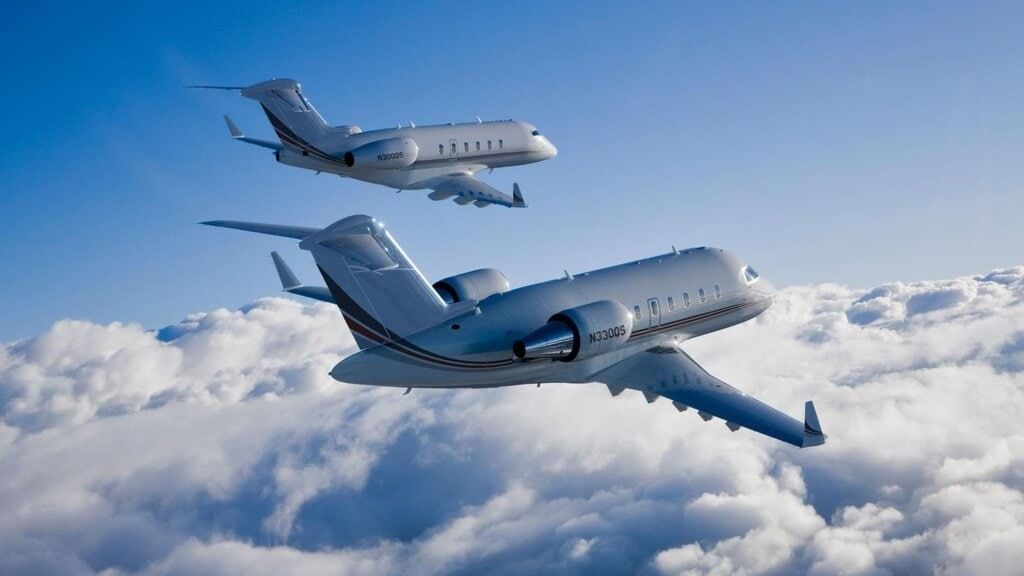
- Air transport is the movement of passengers and cargo by aircraft like aeroplanes and helicopters.
- It is the fastest means of transport.
- It is the most popular form of transport because it saves time.
- It is also the most convenient way to travel to far-off places.
- However, air travel is expensive.
- Today, almost all countries in the world are linked by airways and have big international airports.
- Air India is the national airline of India.
- Air India carries passengers and cargo to all the major cities in India and also abroad.
- Besides Air India, there are many private airlines in India that connect one city to another within the country.
- Some of these private airlines are Jet Airways, Indigo, and SpiceJet.
- Modern transport has changed the way we travel.
- Earlier, it took a lot of time and effort to travel between different cities.
- Now, we can travel thousands of kilometers in just a few hours with ease.
- Modern means of transport have helped businesses grow and made it easier to explore the whole world.
- Modern transport has made the world a much smaller place.
Fun Fact
The Indira Gandhi International Airport in Delhi is the busiest airport in India.
Points To Remember
- The invention of the wheel made travelling on land much quicker and easier for early humans.
- With the development of wheeled carts, people started taking their goods to distant places to sell them.
- The rise in settlements led to the development of trade practices.
- The idea of expanding trade made people travel far in search of new markets.
- In the mid-15th to mid-16th centuries, many European explorers set out to find sea routes to new markets.
- Christopher Columbus is known as the man who discovered America.
- Vasco-da-Gama reached India in 1498.
- The modern means of transport include land, air, and water transport.
- Land transport includes road and rail transport.
- Our country is connected by a strong network of roads.
- Railways have made travelling easier, faster, and more convenient.
- Railways help to transport not only people but also heavy goods.
- Waterways have been an important means of transport since ancient times.
- Air transport is the fastest means of transport.
- It has made life easier as it takes less time for people to travel from one place to another.
- Advanced means of transport have made the world a small place.
Glossary
- Revolution: A very important and big change in something.
- Slice: A part of something.
- Pave: To cover a piece of ground with flat stones or bricks.
- Voyage: A long journey.
- Concrete: A strong material made with a mixture of broken stone or gravel, sand, cement, and water.
- Bulky: Too big and taking up too much space.
- Navigate: To determine a path or course.
|
88 docs|20 tests
|
FAQs on Evolution of Transport Chapter Notes - Social Studies Class 5 ICSE
| 1. What are the main phases in the evolution of transport? |  |
| 2. What are the advantages of modern transport? |  |
| 3. What are some disadvantages of modern transport? |  |
| 4. What are some interesting facts about transport? |  |
| 5. How can one learn more about the evolution of transport? |  |

